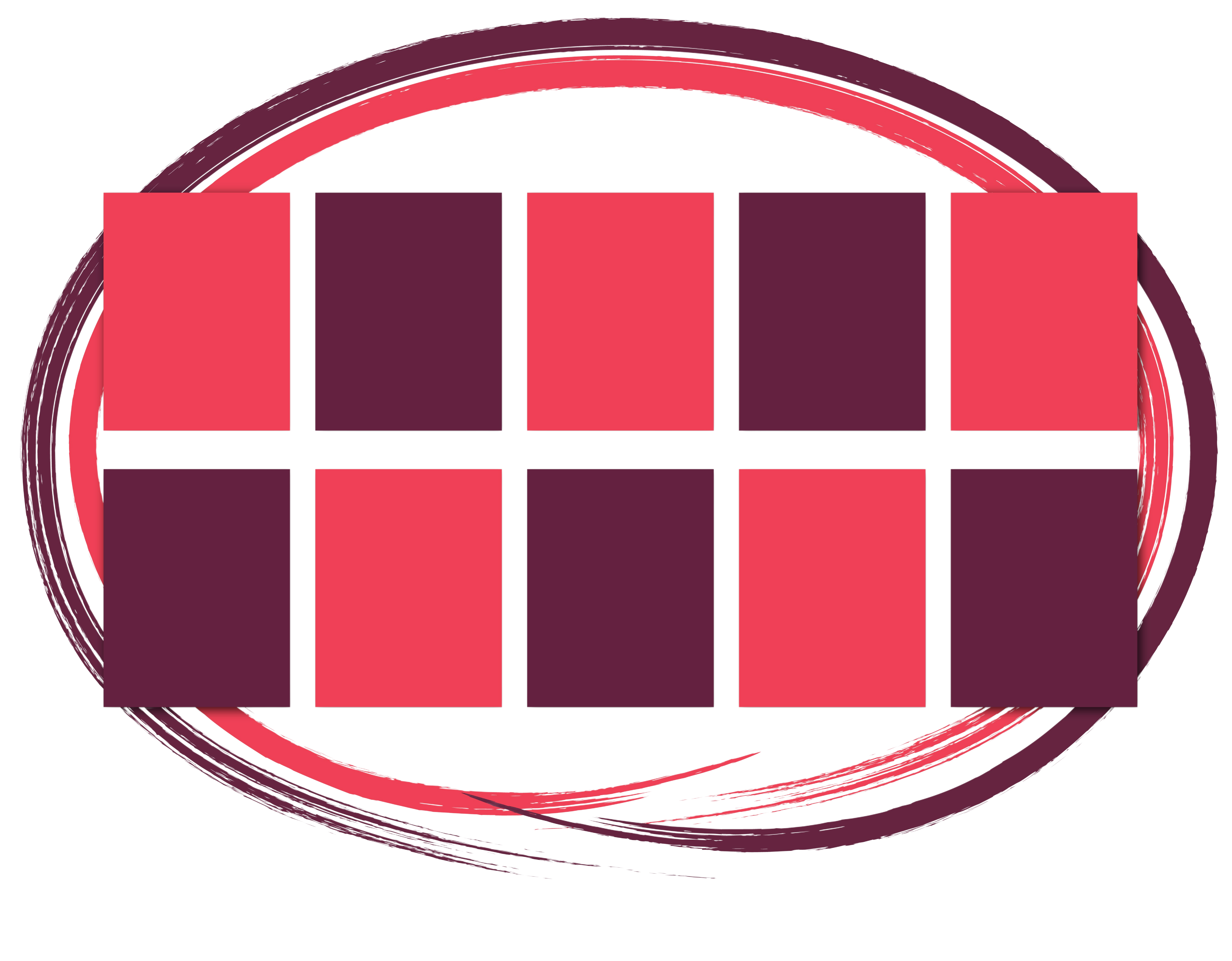Treating Kawasaki Disease
Early treatment of Kawasaki Disease reduces the risk of heart damage and treatments focus on ‘switching off’ the inflammation by dampening the body’s immune responses.
Most children respond to the treatments described below. Successful treatment leads to a rapid end of the symptoms, including fever. Early treatment can significantly improve the chances of a good recovery.
Medicines used – IVIG and aspirin
Intravenous Immunoglobulin – IVIG
The main treatment for Kawasaki Disease is called immunoglobulin (IVIG) which is given into a vein through a drip over 12 hours. Sometimes the time varies depending on how your child responds and their particular situation. IVIG is made from the plasma in donated blood, and is rich in antibodies – the molecules that the body makes to fight against infection. It is generally safe with side effects being rare. Expert doctors administer the treatment too and your child will be carefully looked after.
In some cases, your child could be given a second infusion of IVIG, if they remain very unwell and doctors don’t see the improvement they expect. Once again, your child will be closely cared for throughout the treatment.
IVIG can interfere with the ability to respond to vaccinations, particularly live vaccination including MMR, chicken pox, rotavirus, BCG and yellow fever. If your child is due to have a live vaccine, this will need to be delayed for several months. You should discuss the best time to have vaccines with your child’s GP or doctor. If your child received a live vaccination in the three weeks before receiving (IVIG), they may need a booster vaccine nine months after IVIG.
Aspirin
Aspirin is also given to help switch off the inflammation, reduce your child’s fever and lower the chance of blood clot forming, if there is any damage to their heart.
‘High dose’ aspirin is usually used during the first 10-14 days of illness to help reduce inflammation. This is then usually switched to ‘low dose’ (or anti-platelet dose) aspirin which has a blood thinning effect. ‘Low dose’ aspirin will be given for 6 weeks and can then be stopped if everything is OK.
It’s helpful to remember that 3 out of 4 children will not have any heart damage. If there is no damage to the coronary arteries, aspirin is stopped 6 weeks after the start of Kawasaki Disease symptoms. Because aspirin can cause a sore tummy in some children, doctors may give a medicine to protect the tummy, alongside aspirin.
Children who do have changes to their coronary artery may be given additional ‘blood thinning’ medicines. If these are needed, your child’s doctors will explain what is involved in greater detail.
Other treatments
Most children respond well to IVIG and aspirin, and this combination can be very effective in stopping the inflammation caused by Kawasaki Disease. However, some children require additional treatments, to help fully ‘switch off’ the inflammation happening in their body. These are different types of medicine, but work by doing the same thing as IVIG and aspirin – they stop inflammation.
Some of these medicines may reduce your child’s ability to fight infection, and if your child is given one of these medicines, your doctors will talk to you about this. They will let you know that if your child has a fever or is unwell during or shortly after taking these medicines (within 3 months), that you should take them to your GP or local hospital and show them the hospital discharge summary which explains what medicines they have been taking.
Corticosteroids
Corticosteroids reduce inflammation. Sometimes referred to just as ‘steroids’, these are not the same medicine that you might of heard about used in bodybuilding. Corticosteroids are given to children to treat a wide range of inflammatory illnesses and have been shown to be safe and effective as a treatment for children.
Corticosteroids can be given daily, either through a drip (if your child is still in hospital) or as a tablet by mouth.
Corticosteroids will make your child temporarily more vulnerable to some infections, especially if high doses have been given. This effect lasts for up to three months after finishing treatment. If your child has had direct contact whilst, or immediately after, taking corticosteroids, with someone with chicken pox, shingles, or measles, contact your GP or your local hospital. Your child may need a blood test and an injection to protect them against chicken pox or measles. If your child has been on corticosteroids for a long time, the dose will slowly be reduced over time. They should not be stopped suddenly without advice from your doctor. Children taking corticosteroids may be given an additional medicine to protect their tummy from possible irritation.
Anti-TNF medicines
These are medicines which also work to ‘switch off’ inflammation. Infliximab and etanercept are types of these medicines and they work in a different way to IVIG and aspirin by blocking a chemical in the blood called TNF-alpha. These medicines are generally well tolerated, with few side effects. They are given as a one-off intravenous infusion (through a drip).
Your child should not be given any live vaccines until 6 months after infliximab or etanercept treatment. Your doctor will tell you more about dietary restrictions and extra vaccinations which might be needed if your child has these treatments.
